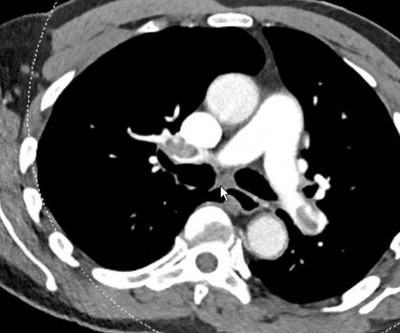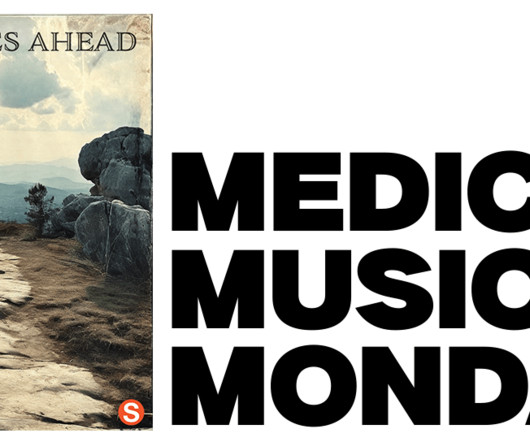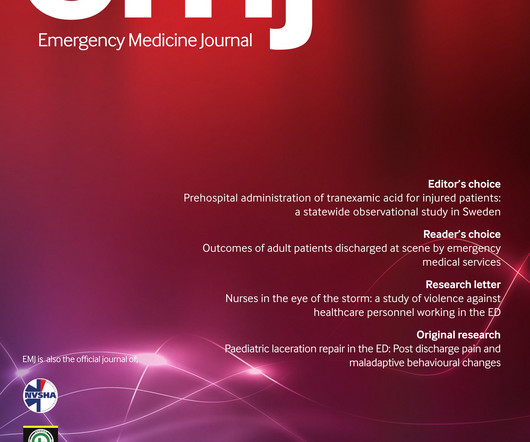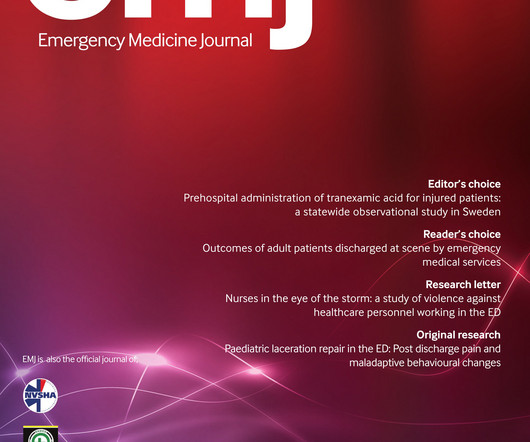Money in Medical Education Makes Me Sad
Sensible Medicine
JULY 22, 2024
I call it therapeutic fashion. Practice patterns. Beliefs. Ways of doing things. Examples: patients with new heart failure get coronary angiography; patients with chest pain without evidence of heart attack get stress tests; certain drugs and devices become favored over generics. The curious thing about many therapeutic fashions is their lack of evidentiary support.


































Let's personalize your content